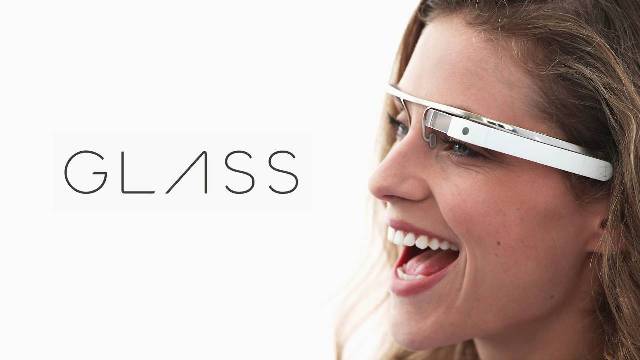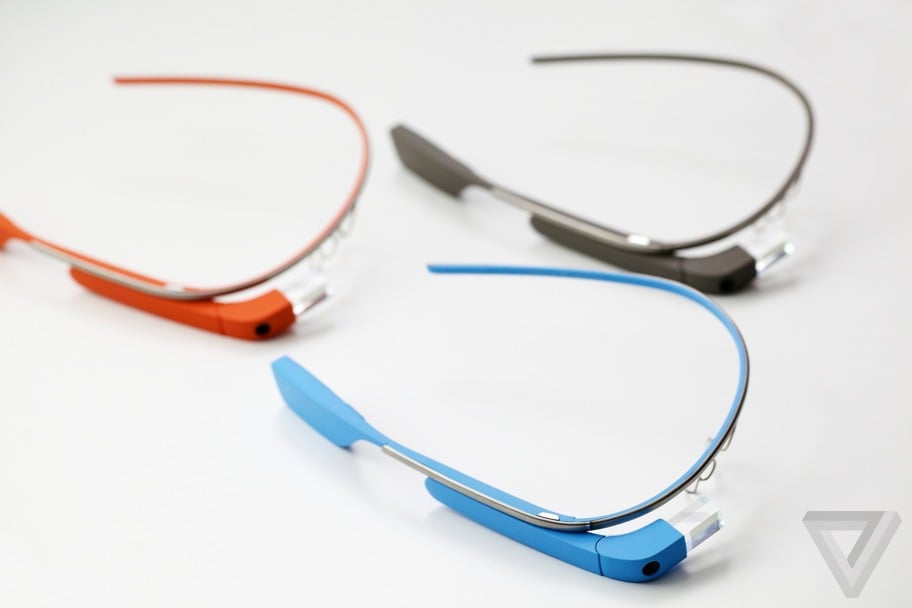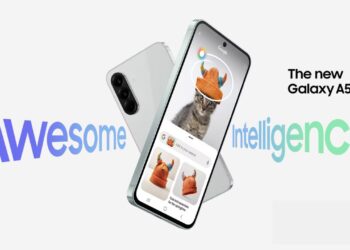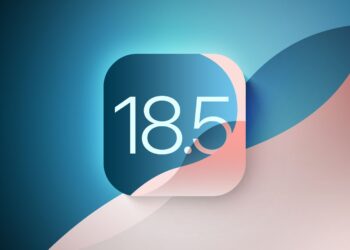Google Glass was developed in 2011. At that time, it weighed around eight pounds (3.6 kg). Since then, it has become lighter than the average pair of sunglasses.
The “Explorer” version of Glass was released to a very select few in February 2013, and since then they have been testing out and writing about their experiences with Glass. According to these explorers’ write-ups, these are 10 things you should know about Google Glass.
Google Glass
They cost $1500 without accessories—right now
The basic Google Glass model costs $1500. Of course, people who could afford that also had to be selected in a raffle to win the ability to actually buy the device. When you tack on extras, however, the price can rise to around $2000. Once Glass is ready to go out to a larger market, Google expects the price to plummet to around $199.
The camera is the attention grabber
The camera can take photographs and record 720p HD videos. The photos and clips can be streamed to your friends in real time. The promotional video shows people leaping out of planes, riding BMXs, photographing their children as they play, and much more. The images are crisp and vibrant and the camera refocuses automatically and almost instantly. With just a few words or taps, the wearer can send the photos and videos out into the world.
There is much more to Glass than just a wearable camera
Glass is essentially a computer that you can pop onto your face. It includes Bluetooth, Wi-Fi, and a microphone. It uses Android OS, so it can run apps and access your Google account. You can also use voice-activated features to control the display. Say “okay Glass” to cue the device you want to give it a command, such as taking video or photograph. Or you can ask a question and Glass will find out what you want to know. Moreover, it has Google Now, which uses your past questions and interactions to anticipate what information you are likely to ask for at a given point in time.
Or responsive voice commands
Glass also has a touch-sensitive panel on the side. Touching the panel brings up a display in your line of vision. You swipe your finger forward or backward to flip through the menu, tap the touch pad to select the item you want, or swipe down to turn off the display.
You can also use head movements to control Glass with the Head Wake Up feature. Tilt your head up to a certain angle (which you can set in the feature’s menu), and the display will pop up. Tilt your head another way, and the display will turn off.
Beyond head movements, touch panels, and voice control, Glass can also be controlled other ways thanks to its apps. Winky, for example, allows you to take a picture with just a wink.
Glass will be functional eyewear soon, too
Although Glass doesn’t have any lenses at the moment, Google is said to be in talks with eyewear designers to create eyeglasses and sunglasses with the Google Glass technology built in. They are also looking at ways of incorporating Google Glass into other pieces of head gear.
It does drain the battery
Like a souped-up sports car, Glass is both at the height of technology and an absolute energy guzzler. At the moment, the battery life of Glass is around four and a half to five hours, so it pretty much needs to be topped up every time you come near a power point.
It can play music
Glass uses bone induction technology to pump the music directly into your head. Essentially, it vibrates your skull, which creates the vibrations that you ear drum picks up and converts into sound.
You can video chat or conference wherever you are
Using the internet connection at your home, at the office or from your smartphone, Glass can access your groups in Google Hangout, the new replacement of Google Chat. With Hangout, you can video conference with single people or with groups, and combined with Glass, you can be out and about, but still be in touch with the people you need to talk to.
The product might be a fad
The first thing just about any review, write-up, or article about Google Glass mentions is the look of the product. This is rarely a glowing review. The touch pad makes one leg much chunkier than the other, the display sits right where people tend to look when they are paying attention to you, and the lack of lenses brings to mind the lens-less plastic frames hipsters are so fond of wearing.
The fact of the matter is, no matter how great the technology is, no one looks cool wearing Google Glass. And if consumers feel too self-conscious whilst wearing a product, they won’t be wearing that product for long.
But the idea certainly is not
The philosophy behind Google Glass is to simplify our interactions with our technology. You may not think about how many steps it takes to take your phone out of your bag or pocket, access the internet and look something up on Wikipedia, but Google has, and they think those steps are too many.
Glass doesn’t need much more than a head tilt to wake up and be ready to find restaurant recommendations, which is much easier than doing it on a phone. So even if the goofy headgear doesn’t last, the decision to make technology even easier to use will not be going anywhere.
Conclusion
Google Glass is set to roll out in in the fourth quarter of 2013. By that time, many of the bugs and shortcomings will probably be improved, and the great features will remain. Best of all, the price will be far more affordable. That means that even if you don’t rush out and buy a pair, you’ll be learning these things and more about Google Glass in your everyday life very soon.



















